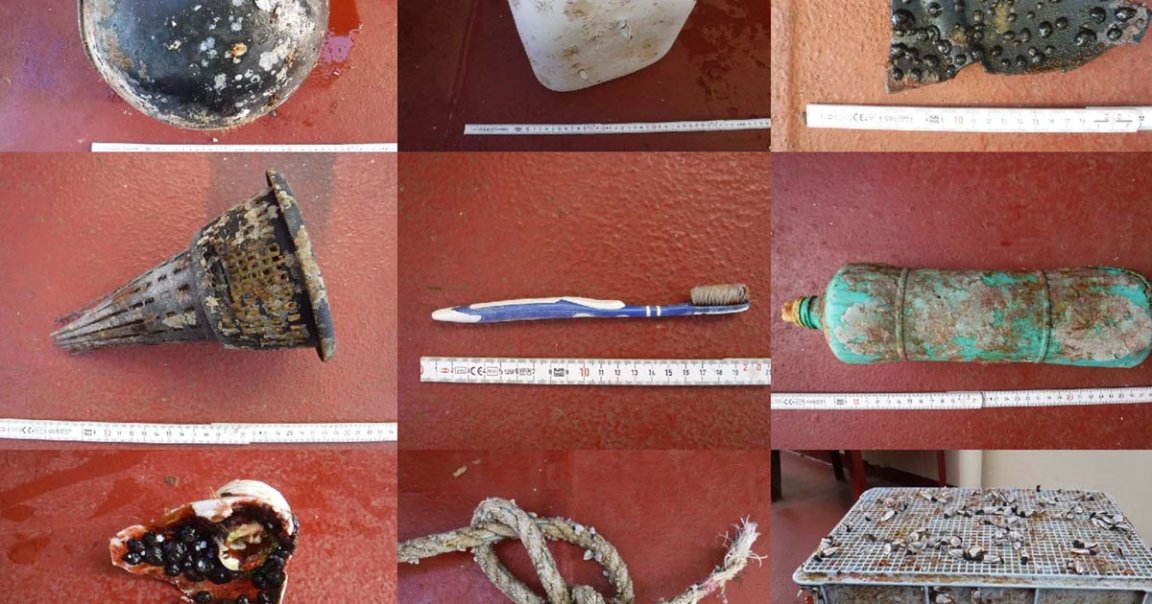
True Life
Scientists have found that the Great Pacific Garbage Patch is absolutely teeming with life. Even coastal species have made it their new home despite the fact that the patch is located in the middle of the Pacific.
A new study published in the journal Nature Ecology & Evolution reveals that dozens of species of coastal invertebrates have managed not only to survive while clutching to the plastic, but are also reproducing around it, too.
To get to this stunning finding, the team behind the paper partnered with The Ocean Cleanup to fish more than 100 pieces of plastic from the giant trash vortex between November 2018 and January 2019. On the debris, they discovered close to 500 ocean-dwelling invertebrate organisms that represent 46 different species.
Great Migration
Of those species, 80 percent were typically found in coastal waters. It’s an astonishing conclusion, given the fact that the Garbage Patch is over a thousand miles away from the closest shore.
“It was surprising to see how frequent the coastal species were,” lead author Linsey Haram, a National Institute of Food and Agriculture science fellow, told CNN. “They were on 70 percent of the debris that we found.”
While these are certainly fascinating findings, they also present more questions than answers.
“It’s hard to know exactly what’s going on,” Haram continued, “but we have seen evidence of some of the coastal anemones eating open ocean species, so we know there is some predation going on between the two communities.”
As with the introduction of any new species, there are likely to be more long-term changes as the trash flotilla continues to grow — but at the very least we’re learning more about the way life interacts with human-made waste and how it’s adjusting to its unusual new home.
More on our trash world: Alarmed Scientists Discover “Terrifying” Rocks Made of Plastic Trash on Remote Island